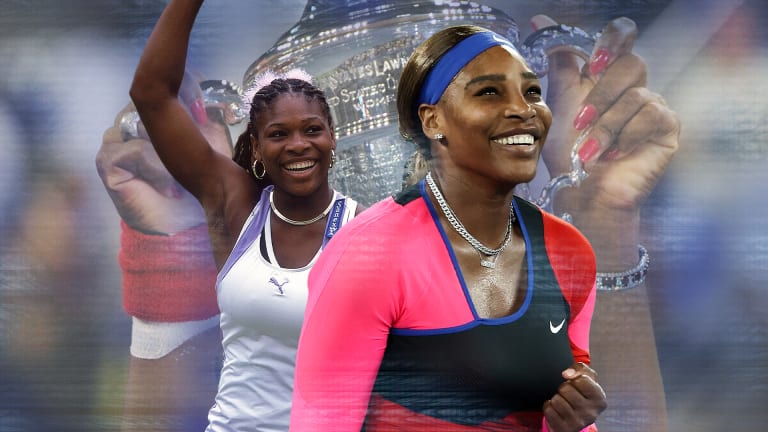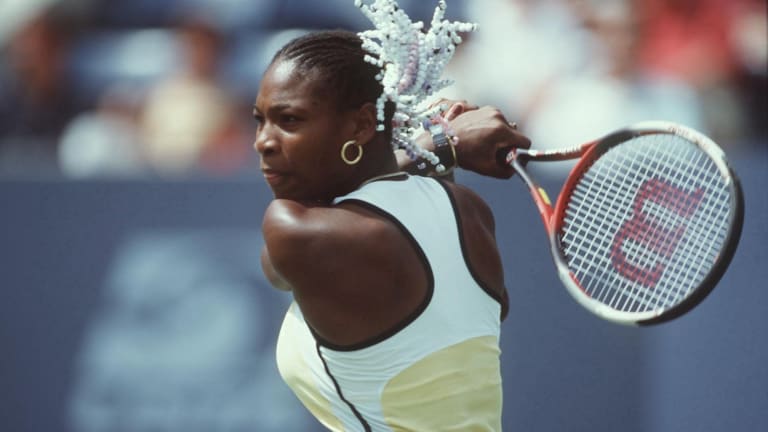Serena Williams has long been one half of what might well be the most incredible story in sports history. To think: Not just one family member, but two sisters, made their way from Compton, Calif. to the top of the world. Their father Richard had the idea, but Serena and Venus put in the hard yards—and there came the ascent of two incredible champions certain to be enshrined in the International Tennis Hall of Fame.
The latest chapter in that story began today, with Serena announcing her forthcoming retirement. She will leave an incredible legacy, having won an Open Era-record 23 Grand Slam singles titles: seven at the Australian Open, three at Roland Garros, seven at Wimbledon, six at the US Open. Williams joins Chris Evert, Margaret Court and Helen Wills as the only woman to have won a major singles championship in her teens, 20s and 30s. Amazingly, ten of those triumphs came after she turned 30.
Williams also won 14 Grand Slam doubles titles with Venus, two mixed doubles majors alongside Max Mirnyi, and four Olympic gold medals: one in singles, and three in doubles (with Venus).



